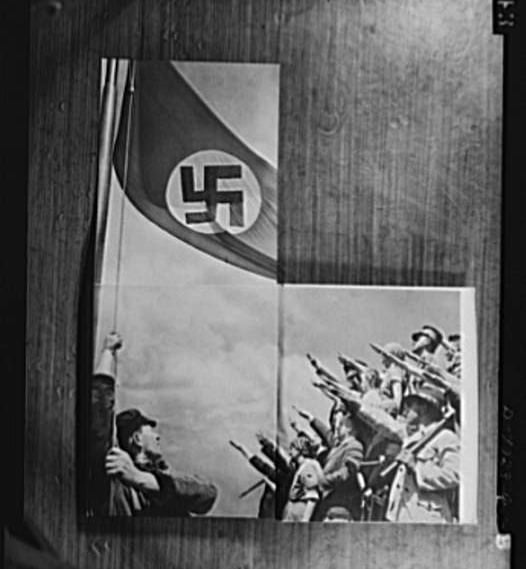🔥 "SA in Nazi Germany: The Untold Story of Hitler’s Brownshirts, Power, and Betrayal"
Uncover the dark history of the SA (Sturmabteilung) in Nazi Germany. How Hitler’s Brownshirts fueled his rise, their brutal tactics, and why they were purged in the Night of the Long Knives.


The SA in Nazi Germany: Hitler’s Stormtroopers and Their Controversial Legacy
The Sturmabteilung (SA), known as the Brownshirts, were the original paramilitary force of the Nazi Party. Their brutal tactics and street violence were instrumental in Adolf Hitler’s rise to power, yet their abrupt purge in 1934 remains a pivotal moment in Nazi history. In this blog, we explore the SA’s origins, their role in Nazi Germany, and why Hitler turned against his earliest supporters.
Who Were the SA? Origins of the Nazi Stormtroopers
The SA emerged in 1921 as a paramilitary group tasked with protecting Nazi rallies and intimidating political opponents. Composed largely of disgruntled WWI veterans and unemployed youths, they became notorious for:
Street Violence: Attacking communists, socialists, and Jews in public clashes.
Propaganda through Fear: Disrupting elections and creating chaos to destabilize the Weimar Republic.
Symbolism: Their brown uniforms and swastika armbands embodied Nazi ideology.
Ernst Röhm, a close ally of Hitler, transformed the SA into a mass organization with over 3 million members by 1934.
The SA’s Role in Hitler’s Rise to Power
The SA’s aggression was central to the Nazi strategy during the 1920s–1930s:
Destroying Opposition: They smashed left-wing meetings, ensuring Nazi dominance in public spaces.
Enabling the Reichstag Fire (1933): SA members allegedly assisted in burning the Reichstag, a false flag event used to justify suspending civil liberties.
Enforcing Gleichschaltung: After Hitler became Chancellor in 1933, the SA terrorized dissenters to align Germany with Nazi policies.
However, their unchecked power soon threatened Hitler’s relationship with the German Army and conservative elites.
The Night of the Long Knives: Betrayal of the SA
By 1934, Röhm demanded the SA replace the traditional military (Reichswehr). Hitler, needing the army’s support, orchestrated the Night of the Long Knives (June 30–July 2, 1934):
Mass Executions: Röhm and 200+ SA leaders were executed.
Consolidating Power: Hitler eliminated rivals and solidified his dictatorship.
Rise of the SS: Heinrich Himmler’s SS replaced the SA as the regime’s primary enforcers.
This purge marked the SA’s decline, though they remained a ceremonial force until 1945.
The SA’s Legacy: Terror as a Political Tool
The SA’s legacy is a dark reminder of how extremist groups exploit chaos to seize power. Key lessons include:
Militarizing Politics: The SA normalized violence as a means to achieve ideological goals.
Fragility of Alliances: Hitler’s betrayal of the SA shows the ruthlessness of authoritarian regimes.
Propaganda & Fear: Their tactics laid the groundwork for the Holocaust and WWII.
FAQs About the SA in Nazi Germany
Q: What does “SA” stand for?
A: Sturmabteilung (Storm Detachment), nicknamed Brownshirts for their uniforms.
Q: Why did Hitler purge the SA?
A: To appease the German Army and eliminate Röhm’s ambition to merge the SA with the military.
Q: Were the SA involved in the Holocaust?
A: Indirectly. While the SS spearheaded the Holocaust, the SA’s anti-Semitic violence set precedents for Nazi brutality.
Conclusion: The SA’s Impact on Nazi Germany
The SA’s rise and fall exemplify the Nazi regime’s reliance on terror and betrayal. Though overshadowed by the SS, their early role shaped Hitler’s path to dictatorship. Understanding their history offers critical insights into how authoritarian movements exploit violence and division.
